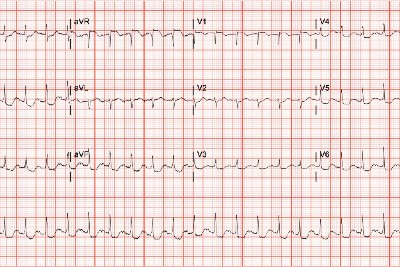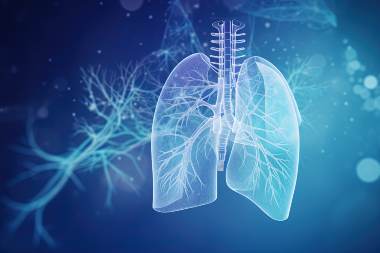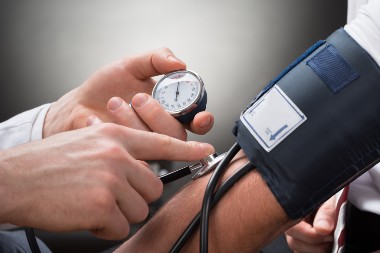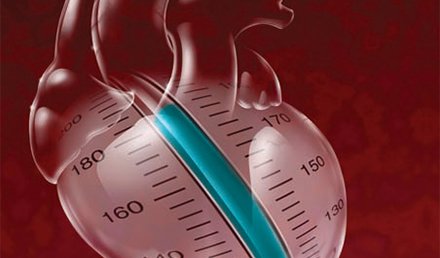Evaluating Interventions for Improving Antibiotic Stewardship in Urgent Care Take Home Point: An antibiotic stewardship intervention was associated with reduced rates of antibiotic prescribing for patients with bronchitis, but not viral upper respiratory infections (URI). Citation: Park D, Roberts A, Hamdy R, et. al. Evaluating an urgent care antibiotic stewardship intervention: a multi-network collaborative effort. Infect Control Hosp Epidemiol. 2025; Jan 8:1-6. doi: 10.1017/ice.2024.213 Relevance: Antibiotic prescribing for conditions not caused by bacterial infection remains …
Read More







